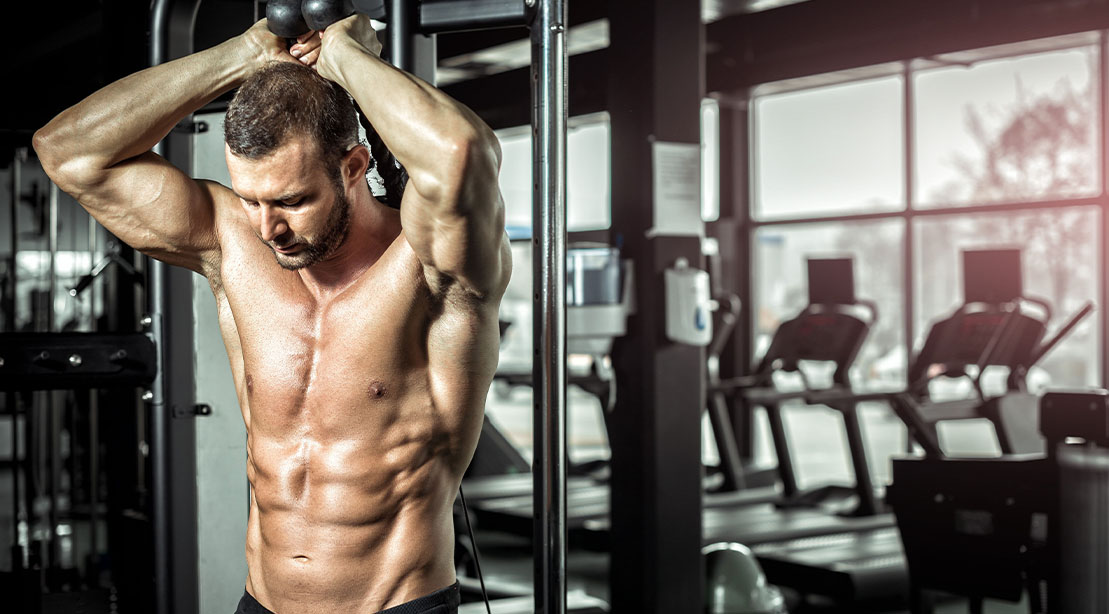28-Days-to-Lean Meal Plan
With the right plan and the right discipline, you can get seriously shredded in just 28 days.
Read article
If you’ve picked up a dumbbell or any weight, you’ve probably heard the term “isolation exercise” tossed around. In theory, isolation exercises are meant to target one muscle group—in reality, that’s not normally the case. No single muscle truly works in “isolation” because the human body is a complex system, and our muscles are tied together in more ways than imagined. For instance, it would be difficult to isolate a particular exercise when your back is seized up—because almost every movement becomes uncomfortable and other muscles are incorporated to help compensate for the discomfort.
Isolation exercises, however, do hone in on a certain muscle area. For example, wrist curls are a go-to forearm exercise for many people, but to make it happen, in addition to using your forearms, the muscles in your fingers to hold and control the weight, along with your wrist muscles are incorporated as well. Isolation exercises can and should be incorporated into anyone’s routine, from the gym newbie to the advanced strength athlete to help bring up a lagging muscle group.
When programming a workout, isolation exercises should normally follow the heavier compound exercises (two or more muscle groups) in order to make optimal gains. Still, when you have the time and want to improve your performance and looks, isolation exercises do work. And these four isolation exercises we go over should be included in most gymgoers’ routines.
First, let’s go into three reasons for doing them.
Besides wanting to bring up a lagging muscle to make it look good, there are other benefits to performing these exercises, including:
When it comes to most isolation exercises creating and maintaining tension is paramount. That doesn’t mean more weight is bad, just not at the cost of losing tension. To vary and progress the exercises below, besides adding more weight and reps, you can.
The most common mistake with isolation exercises is using too much weight. This usually results in using momentum from other parts of your body and losing muscle-building tension on the targeted muscle. And that’s missing the point of the isolation exercise in the first place. Don’t do that.